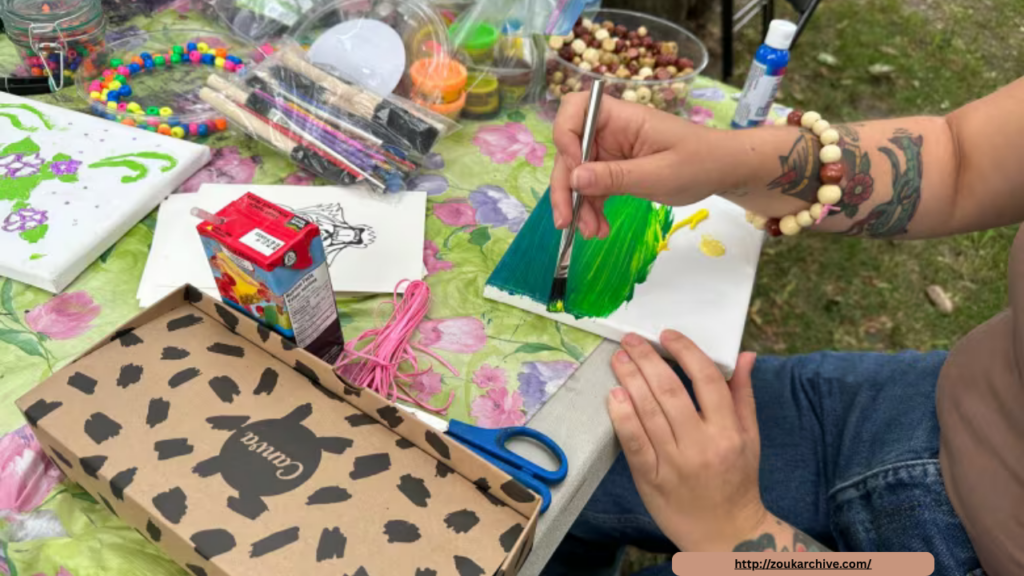
Addiction recovery is a deeply personal and often painful journey, requiring not just physical abstinence but emotional and psychological healing. Traditional therapies have long played a central role, but for many individuals, healing also comes through the act of creating. Art therapy—particularly sculpture—offers a powerful, tactile experience that helps people in recovery reshape not only materials but their sense of identity, purpose, and hope. As hands mold clay or carve stone, they also mold a new future—one grounded in healing, growth, and self-discovery.
The Power of Creation in Recovery
Addiction can leave individuals feeling broken, disconnected, and powerless. The act of creating something with their hands—especially something tangible and three-dimensional—gives people in recovery a sense of agency and accomplishment. Sculpture, with its physical and immersive nature, is particularly effective in helping individuals ground themselves in the present moment.
Unlike painting or drawing, sculpture involves full engagement with the body. Kneading clay, chiseling wood, or shaping wire engages muscles and senses, making it an ideal practice for those who benefit from hands-on, somatic healing. This full-body engagement can be especially helpful for individuals dealing with trauma, offering a safe way to release stored emotions and tension.
Externalizing Internal Struggles
Art therapy allows individuals to express emotions and experiences that are often too difficult to put into words. In sculpture, internal pain can be externalized—given shape and form. This process allows individuals to confront and better understand their struggles. A lump of clay might become a representation of past trauma, a broken figure may symbolize feelings of loss or shame, and the act of reshaping or repairing a sculpture becomes a metaphor for healing and transformation.
Therapists trained in art therapy often guide clients through projects that mirror their personal growth. For example, a sculpture that begins fragmented can be gradually reconstructed as a symbol of rebuilding life in sobriety. These metaphors are powerful and deeply affirming, reinforcing the belief that recovery is not only possible but beautiful.
Fostering Mindfulness and Self-Awareness
Art therapy encourages mindfulness—a key component in recovery. When individuals focus on shaping a sculpture, they must be present, attentive, and patient. This mindful state can help reduce anxiety and interrupt negative thought patterns that often lead to relapse. Over time, the discipline and focus required in art-making can carry over into daily life, fostering greater emotional regulation and self-awareness.
Through this process, individuals begin to see themselves not as victims of addiction, but as creators of their own stories. They learn to take pride in their progress, both artistically and personally, and to value the small, steady steps of change.